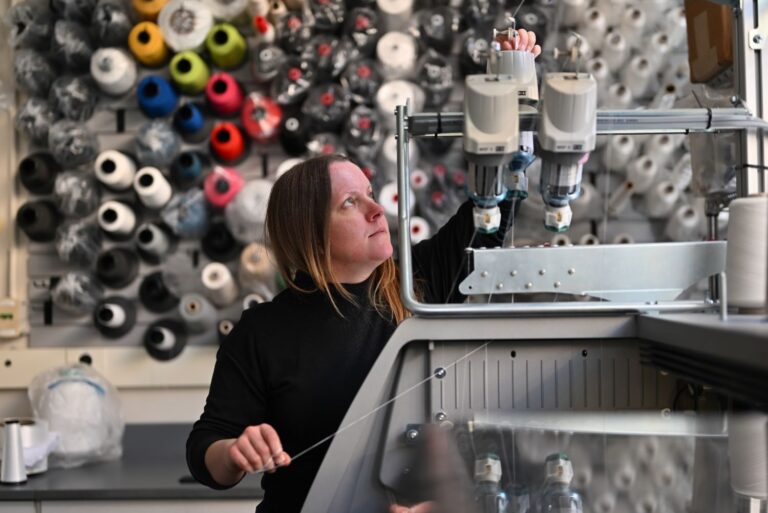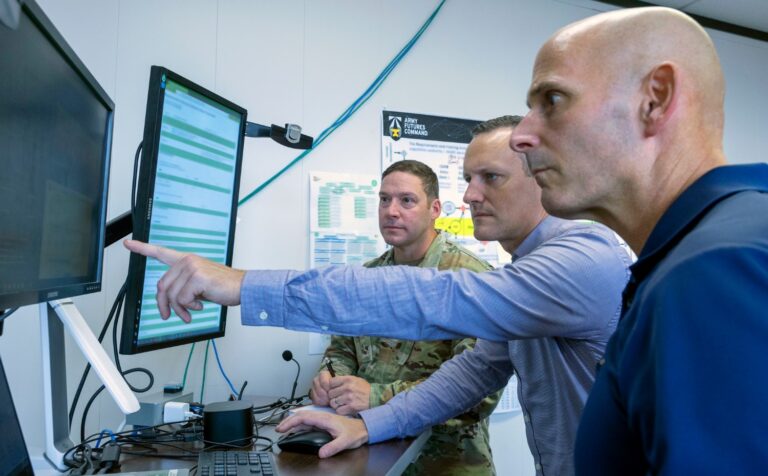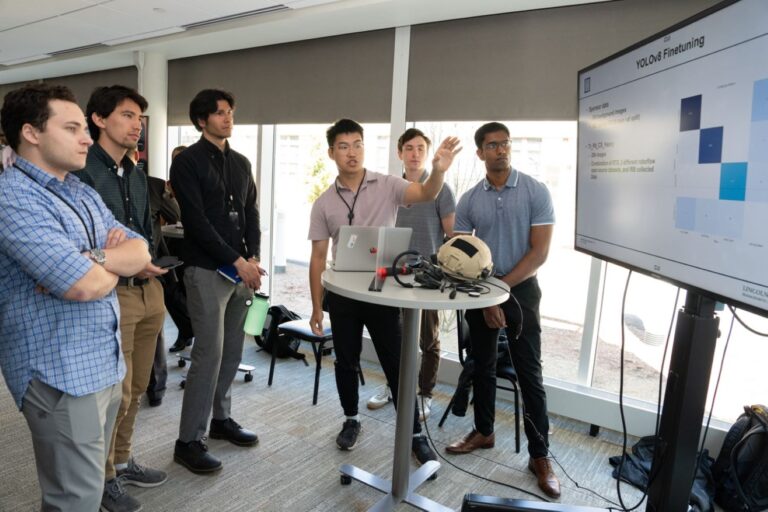Vector Atomic Brings Picosecond Timing From Lab to the Real World
PLEASANTON, Calif.–Vector Atomic is developing high-performance optical atomic clocks and synchronization hardware for picosecond-level timing on a global scale. On January 25th, Vector Atomic will present results and exhibit hardware from two real-world demonstrations of picosecond timing at the Precise Time and Time Interval Systems and Applications (PTTI) meeting.
“Current microwave atomic clocks and time transfer systems allow the world to run at nanosecond precision. These practical demonstrations of optical timekeeping show the potential to push down another 1000x to picoseconds
Recently, Vector Atomic delivered two 35 L rackmount clocks to the National Institute of Standards and Technology (NIST) in Boulder, CO for performance characterization versus Coordinated Universal Time (UTC). The clocks operated with less than 10 picoseconds (0.00000000001 seconds) timing error for 2,000x longer than current rackmount atomic clocks used for GPS master timing and in data centers.
Building on NIST’s pioneering work on pulsed optical time transfer, Vector Atomic has also developed 40 L rackmount synchronization modules. Substantial miniaturization and environmental robustness are enabled in part by Vector Atomic’s patented time transfer photonic chip. Along with the clocks, a pair of transceivers were delivered to NIST and evaluated over their 30-km free-space optical link to Table Mountain. Despite turbulence and frequent link dropouts, the transceivers maintained less than 10 femtoseconds (0.00000000000001 seconds) timing error between one another for the entire evaluation.
“Current microwave atomic clocks and time transfer systems allow the world to run at nanosecond precision. These practical demonstrations of optical timekeeping show the potential to push down another 1000x to picoseconds,” said Jamil Abo-Shaeer, CEO of Vector Atomic.
More recently, three optical clocks were operated continuously at-sea for 20+ days for the Alternative PNT Challenge at RIMPAC 2022, the world’s largest international maritime exercise. Despite challenging operating conditions, the clocks performed with little degradation versus the NIST testing. At RIMPAC 2022, Vector Atomic also successfully fielded a quantum gravimeter for navigation aiding. These results will be highlighted in a press release in advance of the 2023 IEEE International Symposium on Inertial Sensors & Systems in March.
Hardware development and testing was supported by the U.S. Navy, Army, and DARPA. Vector Atomic thanks NIST and OctoSig for supporting hardware testing and validation.
About Vector Atomic
Vector Atomic is engineering quantum technology for applications including navigation, communications, and earth science. The company was founded in 2018 to develop and commercialize near-term quantum devices, including atomic clocks and inertial sensors. Vector Atomic hardware has been validated in harsh thermal, dynamic, and radiation environments seen on land, at sea, and in space. Vector Atomic is based in Pleasanton, CA. To learn more, visit www.vectoratomic.com.








